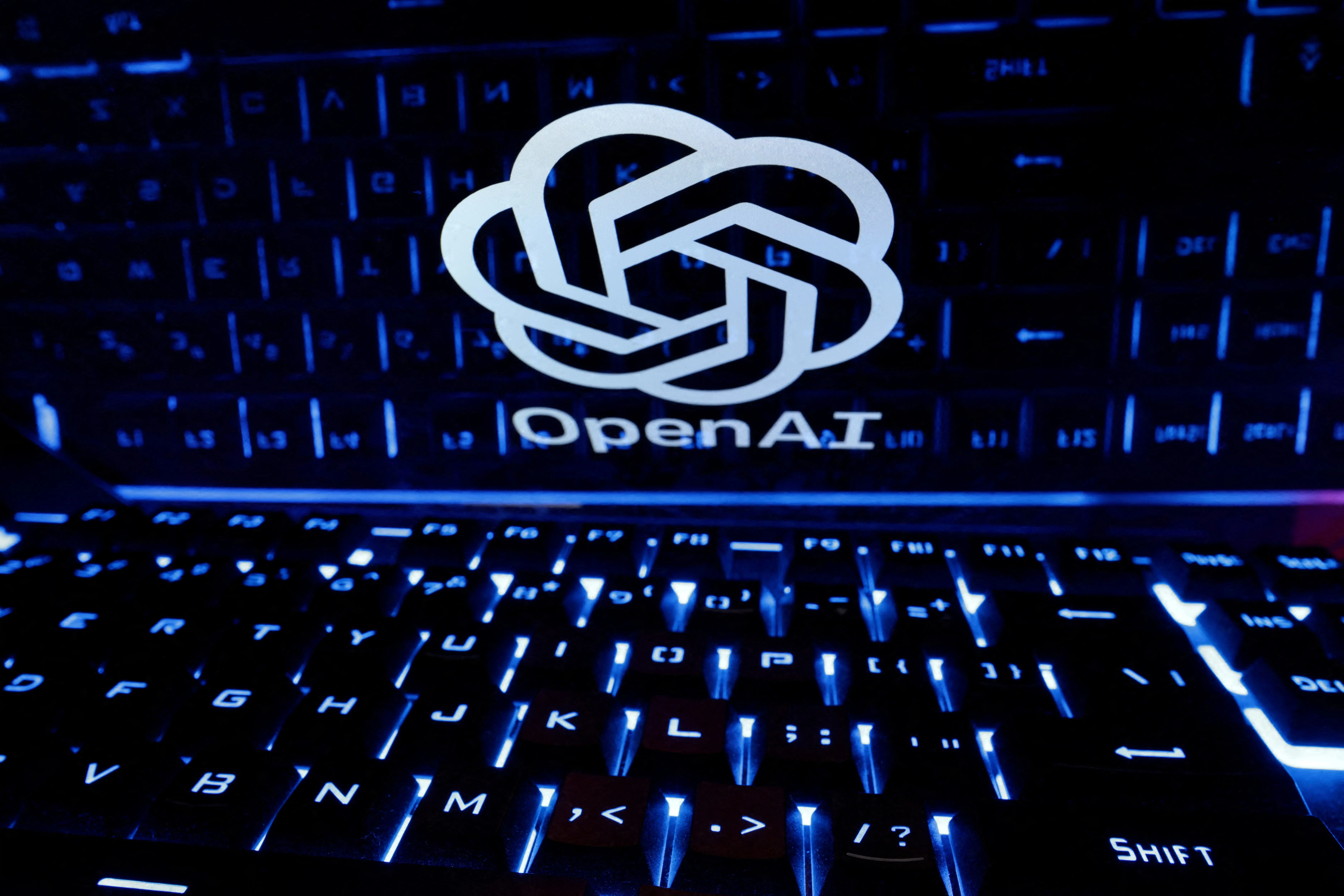See Full Size
The method in o1 will be used
OpenAI’s latest announcement “o1The model named “, unlike traditional big language models, solves problems solving with human-like logic has the ability. This model is based on a new approach shaped by the standard training process as well as feedback and data from experts. o1 enables AI to carry out a more human-like and multi-step thought process.
This new model from OpenAI, in addition to trained large language models, allows models to use more processing power in the inference phase.test-time compute” technique. This technique allows the model to perform more effectively on tasks such as complex mathematical problems or coding. For example, instead of immediately selecting a single response, a model can generate and evaluate multiple possibilities in real time, ultimately choosing the best path forward.
See Full Size
In the AI world of the 2010s, major advances were thought to be achieved with “more data and more computing power.” However, he is one of the former OpenAI founders who left the company this year and founded SSI. Ilya Sutskeverstates that they have now reached the limit of the results obtained by simply increasing data and processing power: “The 2010s were the age of scale, now we are again in the age of curiosity and discovery. Everyone is looking for the next thing. Scaling the right things is now more important than ever.”
Alternative approaches to the “bigger is better” philosophy
In this context, difficulties in the consumption of data and energy resources direct AI companies to develop more efficient and human-like methods. Today’s AI models have already consumed most of the available data, and there may be disruptions in training processes due to increasing energy costs. That’s why OpenAI and other leading laboratories are turning to alternative methods to create more advanced models.
These developments are increasing the demand for lower-cost and more efficient hardware in running AI models. So far, Nvidia’s expensive GPUs have been used for both training and inference. However, the footsteps of change are beginning to be heard here. Companies are starting to need more low-cost hardware in their extraction processes. Sonya Huang, a partner at Sequoia Capital, told Reuters. “This shift will move us from the world of massive pretraining clusters to inference clouds, which are distributed, cloud-based servers for inference.” he says.
As a result, new approaches aim to create models in the AI development process that are more complex but have more human-like thinking abilities. OpenAI product manager Kevin Weil, last month, “We see a lot of low-hanging fruit that we can pluck to make these models better very quickly. “Until people catch up with us, we will try to be three steps ahead.” he said.
This news our mobile application Download using
You can read it whenever you want (even offline):



